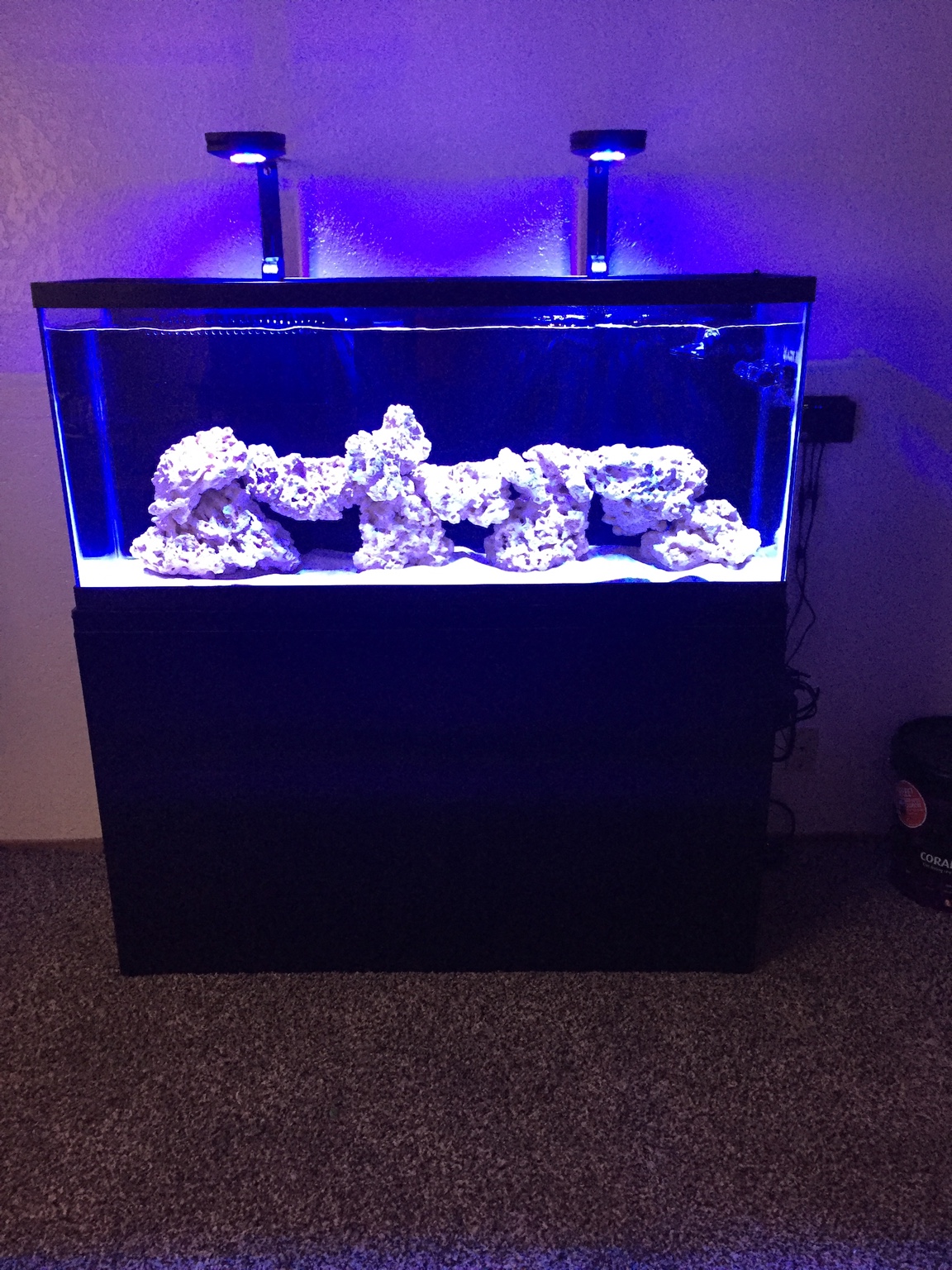- Joined
- Nov 26, 2016
- Messages
- 98
- Reaction score
- 20
yes using a fresh rodi water. you know thats a great idea. i will wait 3 days and see where i am at with nitrites. then i will make some fresh saltwater and test and compare with my current water.Personally, I would stop adding ammonia. If you added 1ppm and it went to 0ppm within 24 hours you are fine on that issue. Generating more nitrite could be counter productive.
I agree that with a 75% water change you should have seen a reduction in nitrites. Did you see the expected drop in nitrates?
Keep in mind that we (well, most of us) are using hobbyist level test kits. They have their limitations and the nitrite test in particular is susceptible to bad readings. Are you guys using RODI for your salt mix? If not, it is possible that you have something in your city water that is causing the nitrites to test high. I would try and sample a fresh batch of saltwater for nitrites and see what it reads.



















